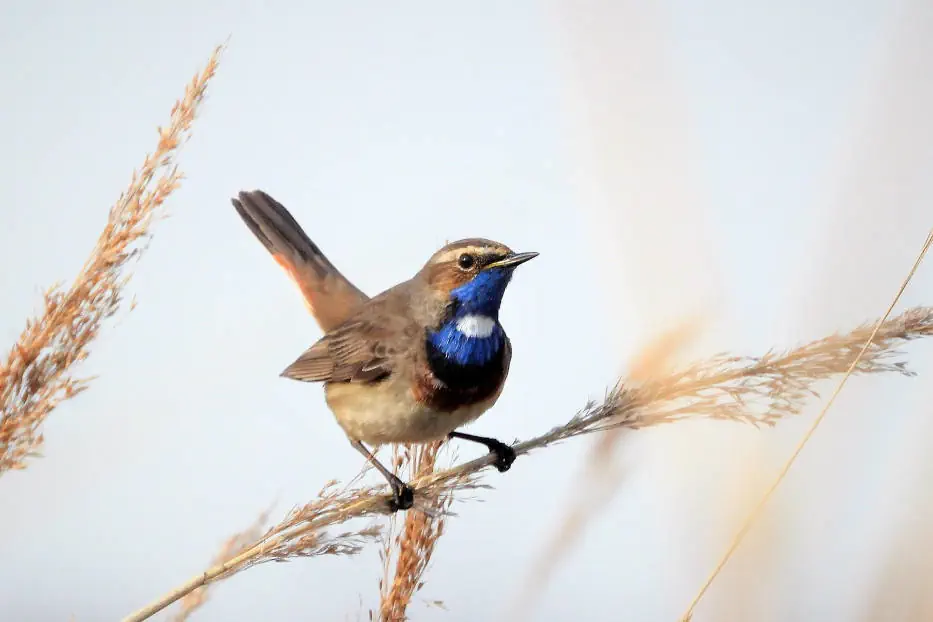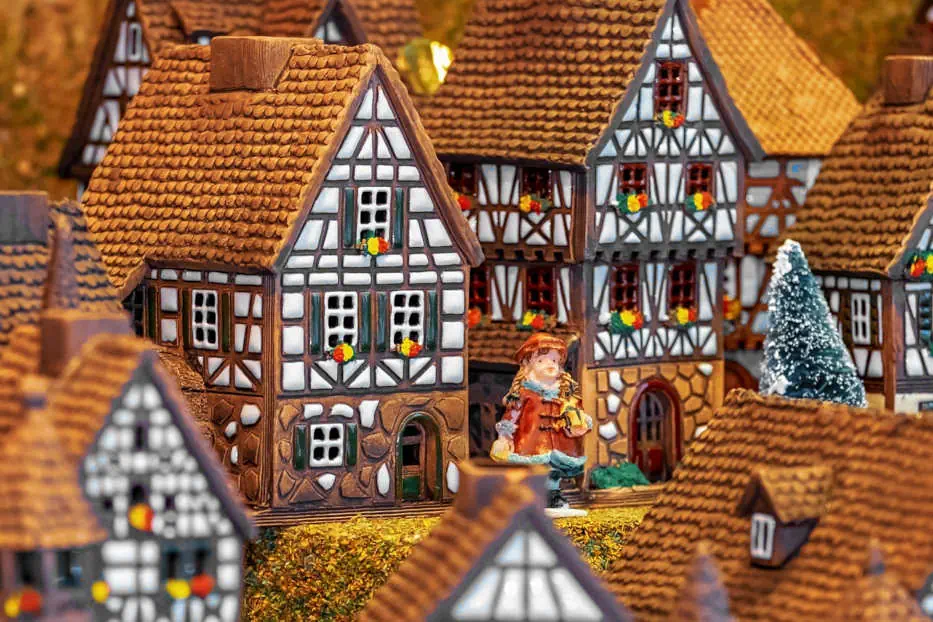Nestled in the North Sea, Baltrum is the smallest of Germany’s East Frisian Islands. Covering just five square kilometers or two square miles, it offers an extraordinary blend of unspoiled nature, historical heritage, and a slower pace of life that is increasingly rare in modern Europe.
What sets Baltrum apart is not just its picturesque landscape but its complete ban on motorized vehicles and the absence of conventional street names. This logistical and cultural peculiarity has shaped the island’s identity for centuries.
Table of Contents
A Life Without Cars and Street Names
Unlike mainland Germany, where automobiles dominate daily life, Baltrum operates entirely without cars, except for emergency and essential service vehicles such as ambulances and fire trucks.
Instead, the island’s 600 permanent residents and thousands of seasonal visitors navigate its sandy paths on foot, by bicycle, or using traditional horse-drawn carts. This fosters a strong sense of community and reduces environmental impact.
Adding to Baltrum’s distinctive charm is its unconventional address system. Rather than numbered streets, buildings are labeled according to their construction chronology. A house’s number is tied to the sequence in which it was built rather than its location, serving as a historical record of the island’s gradual development.

A Natural Haven in the Wadden Sea
Baltrum is part of the Lower Saxony Wadden Sea National Park, a UNESCO World Heritage Site. This ecologically significant area is home to diverse wildlife, including migratory birds, seals, and unique coastal flora.
The island’s landscape is dominated by sand dunes, salt marshes, and tidal mudflats, which reveal themselves twice a day, allowing visitors to embark on guided Wattwanderungen (mudflat hikes), an experience unique to the region.
Strict conservation policies ensure minimal human interference, preserving the delicate balance of its ecosystems. Rare plants, such as wild beach roses, sea thrift, and marsh orchids, thrive in the dunes and coastal meadows.
The surrounding waters provide habitat for marine species, including gray seals and harbor porpoises. Baltrum’s tidal flats are a crucial stopover for migratory birds, making it a prime location for birdwatching.

The Rich Marine Life of Baltrum
The waters surrounding Baltrum are teeming with marine biodiversity. The sandbanks and shallow waters are home to common and gray seals, which can often be seen basking on the shores or playing in the surf.
The area is also a critical habitat for the elusive harbor porpoise, one of the smallest cetaceans, which can sometimes be spotted breaching the water’s surface.
Beyond marine mammals, Baltrum’s tidal flats are brimming with life. Tiny crabs scuttle along the sand, while lugworms, mussels, and cockles burrow beneath the mud, playing a crucial role in filtering water and aerating the seabed.
Fish populations include flounder, cod, and plaice, attracting larger predators like seabirds, including gannets and cormorants. Guided boat tours and seal-watching excursions provide opportunities to observe these fascinating creatures up close.
A Birdwatcher’s Paradise: Rare Migratory Birds on Baltrum
Due to its location in the Wadden Sea, Baltrum is a critical stopover for migratory birds, particularly in spring and autumn. Among the notable species spotted are the red knot, bar-tailed godwit, Eurasian spoonbill, and pied avocet.
Additionally, occasional sightings of the bluethroat, short-eared owl, osprey, and common crane add to the island’s avian diversity. The best times for birdwatching are during low tide when they gather on the mudflats to feed.

Health and Wellness Destination Since the 19th Century
Baltrum has attracted visitors seeking relaxation and health benefits since the late 1800s. Officially recognized as a North Sea spa resort in 1876 and designated as a therapeutic sea spa in 1966, the island capitalizes on the healing properties of its maritime climate.
Thalassotherapy, which involves treatments using seawater, sea mud, and fresh sea air, remains a key attraction for those looking to improve their respiratory health or simply escape urban stress.
Cultural and Seasonal Events on Baltrum
Despite its small size, Baltrum celebrates a variety of cultural and seasonal events reflecting its unique heritage and close-knit community. These festivities offer visitors a chance to experience island traditions. Event schedules and traditions may vary year by year. Visitors are encouraged to check with local sources before planning their trip.
Baltrum’s Traditional Easter Bonfire
One of the island’s most cherished customs is the Easter Bonfire. Held every year on Easter Sunday, locals gather to light large bonfires along the coastline, symbolizing the end of winter and the arrival of spring.
“The Easter Bonfire is a highlight of the year. It’s when the island feels alive again after the winter.”
Sailing and Regatta Festivals
Sailing has been a tradition on Baltrum for centuries, and the island hosts an annual Regatta celebrating its maritime heritage. Local and visiting sailors compete in friendly races using traditional wooden boats.
Wadden Sea Festival
As part of the UNESCO World Heritage Wadden Sea, Baltrum participates in the annual Wadden Sea Festival. Activities include guided nature walks, birdwatching tours, and educational events about the region’s unique ecosystems.
Advent and Christmas Markets
During winter, Baltrum’s festive Advent markets offer homemade crafts, local delicacies, and traditional holiday treats. With the island’s serene, car-free environment, these markets provide a peaceful retreat for those seeking a quiet North Sea Christmas.

Flavors of the Island: Baltrum’s Unique Culinary Traditions
Baltrum’s cuisine is deeply rooted in East Frisian and North Sea traditions, highlighting fresh, local ingredients, particularly seafood. Notable dishes include Knieper (crab claws), Fischbrötchen (fish sandwiches), and North Sea shrimp.
The island also cherishes the East Frisian tea ceremony, where black tea is served with rock sugar and heavy cream.
Locally Produced Goods
Small-scale organic farms supply fresh produce, dairy, and meats. Local bakeries are famous for their rye bread, while homemade smoked fish and hearty stews reflect traditional home cooking.
Home-Cooked Treasures: Local Dishes You Won’t Find in Restaurants
Baltrum residents enjoy dishes often unavailable in restaurants, such as Pannfisch (pan-fried fish), Eintopf (hearty stew), and Wurstebrot (sausage sandwiches). East Frisian Beer Soup, Butterkuchen (butter cake), and homemade smoked fish also hold special places in local kitchens.

This Butterkuchen recipe transports you to Baltrum, a quaint German island in the North Sea, where time slows and the sea breeze mingles with the cake’s sweet, buttery aroma.
A Destination for Slow Travel Enthusiasts
With only a small harbor and an airstrip for light aircraft, access to Baltrum is limited. Most visitors arrive via ferry from Neßmersiel, a trip of about 30 minutes. The island’s infrastructure discourages mass tourism, favoring travelers who appreciate a quieter, immersive experience.
While Baltrum lacks the nightlife and shopping districts of larger resort destinations, it offers an unmatched sense of tranquility. The absence of cars means that the only sounds dominating the island are those of waves, seabirds, and the occasional horse-drawn carriage. Visitors explore natural beauty, historical sites, and local cuisine at one of its few restaurants.
Baltrum’s Unique Appeal in Modern Europe
As European cities become increasingly congested, destinations like Baltrum offer a rare alternative. It represents a sustainable, low-impact approach to tourism, proving that travel can be both environmentally responsible and deeply enriching.
Whether visiting for a few days or an extended stay, Baltrum provides a glimpse into a different way of life—one where nature and history take precedence over convenience and commercialism.
